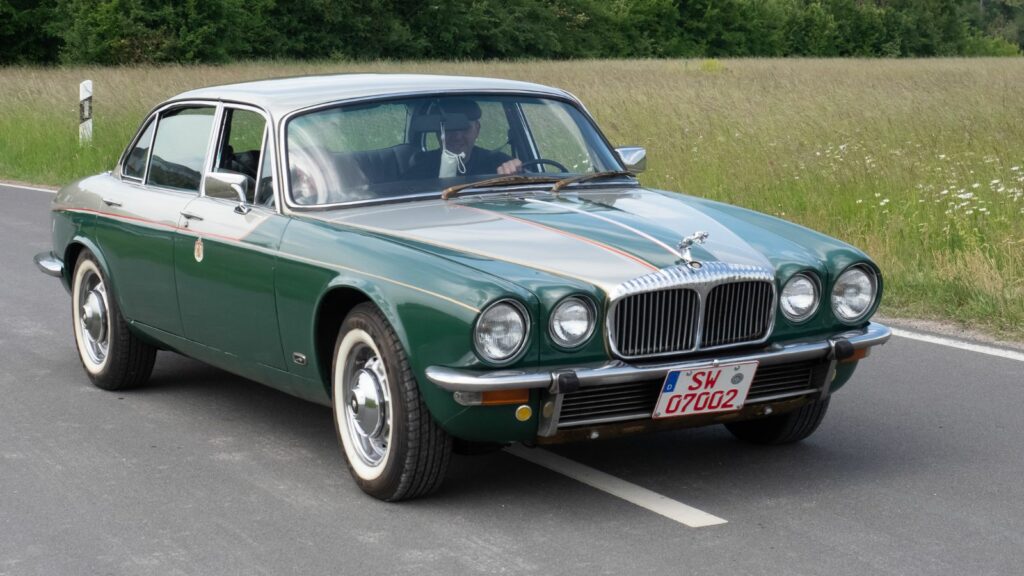Classic cars can make you dream of open roads, chrome bumpers, and the sound of old-school engines. But nostalgia has a way of blinding us to reality. Some vintage rides were duds from day one, plagued with bad engineering, cheap materials, or just poor execution. These are the classics you probably shouldn’t sink your hard-earned cash into unless you enjoy endless frustration and an empty wallet.
DeLorean DMC-12
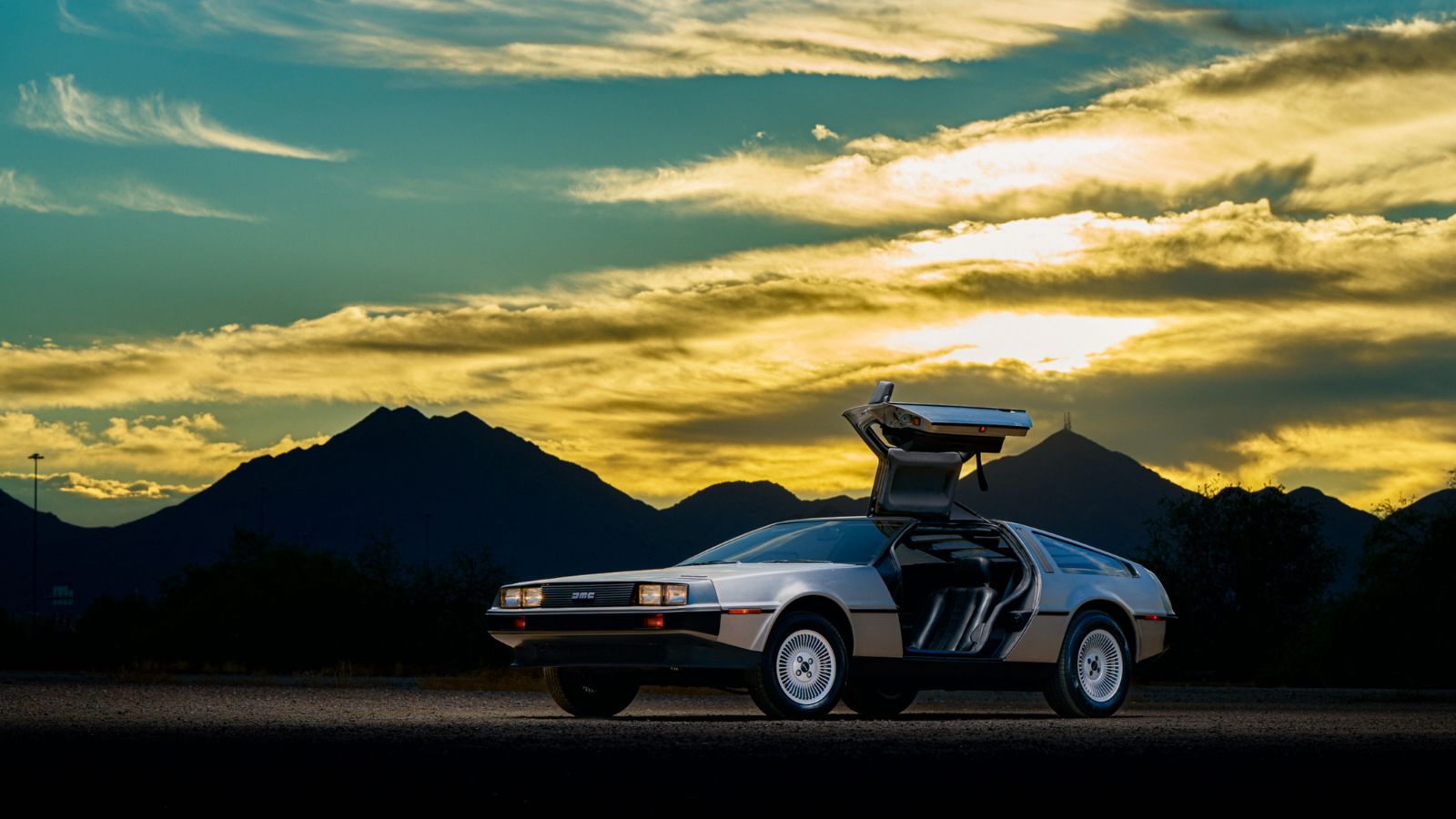
Few cars can match the DeLorean’s stainless steel panels and gullwing doors. But all that flash hides a sluggish Peugeot, Renault, Volvo V6 that delivered barely 130 horsepower. The car looked like it could outrun a spaceship, yet it crawled to sixty in over ten seconds. Add in quirky French parts, constant electrical failures, and weak build quality, and you’ve got a poster car that’s more fun to hang on a wall than drive.
Triumph Stag
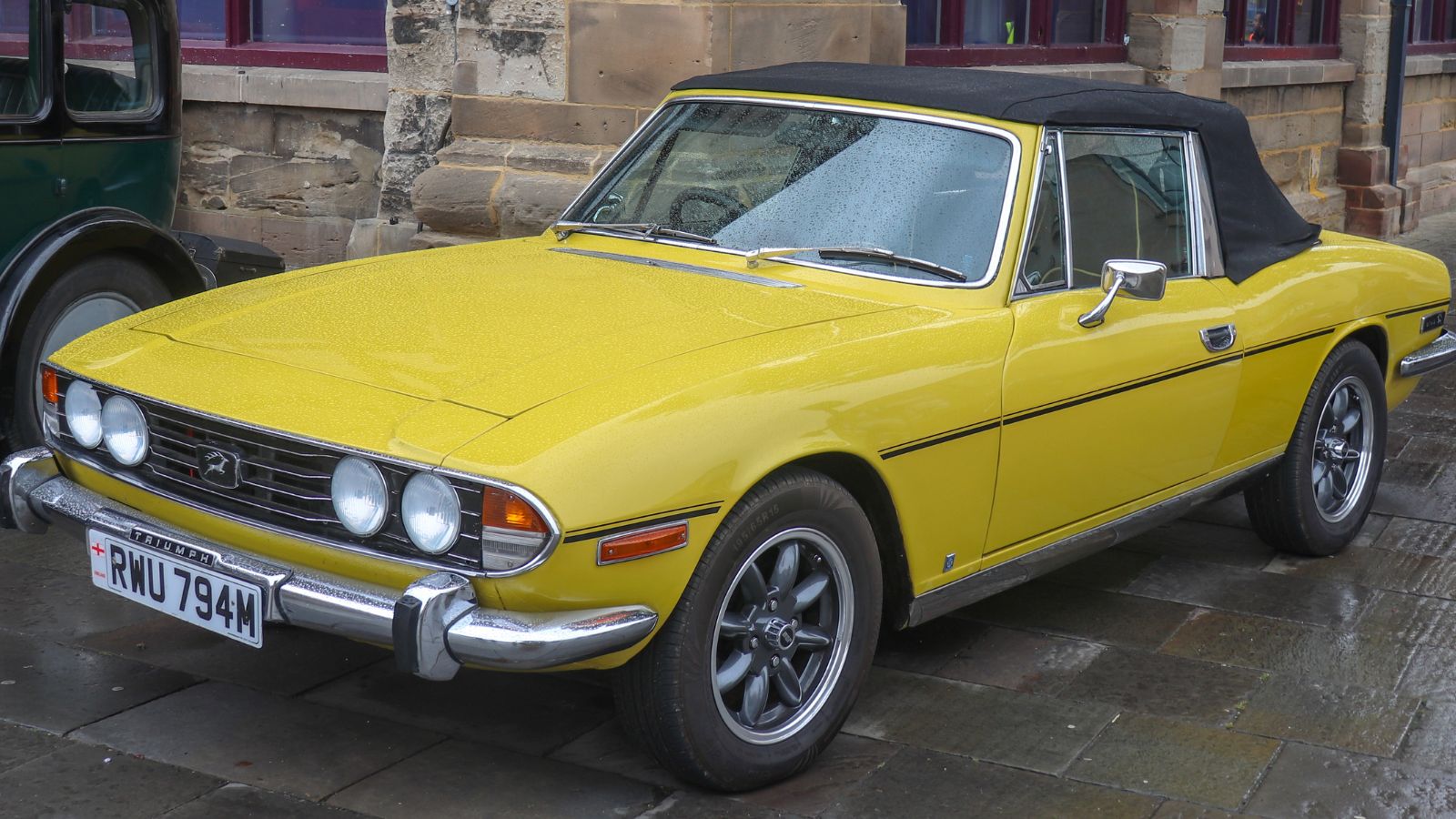
The Stag promised class with its V8, but owners quickly learned it had more flaws than features. Timing chains stretched, overheating was constant, and electrics fried at random. Even if you manage to restore one, keeping it on the road takes monk-like patience. Ask any mechanic, and they’ll tell you the Stag was one of Britain’s prettiest disasters.
Maserati Biturbo

In the early 80s, Maserati tried to go mainstream with the Biturbo. What buyers got instead was turbo lag, rust, and more reliability issues than any Italian car should legally have. The V6 was temperamental, head gaskets blew, and interiors dissolved under sunlight. It may have been exotic in theory, but in reality it became the punchline of every mechanic’s nightmare story.
Jaguar XJ6 (Series III)

Few cars looked as dignified as the Jaguar XJ6, especially in long-wheelbase form. Unfortunately, Lucas electrics were famously unreliable, oil leaks became standard features, and suspension components failed with alarming frequency. Even if you do fix one, the constant maintenance drains your bank account faster than fuel. It is no wonder mechanics called these cars “full employment schemes.”
Chevrolet Corvair
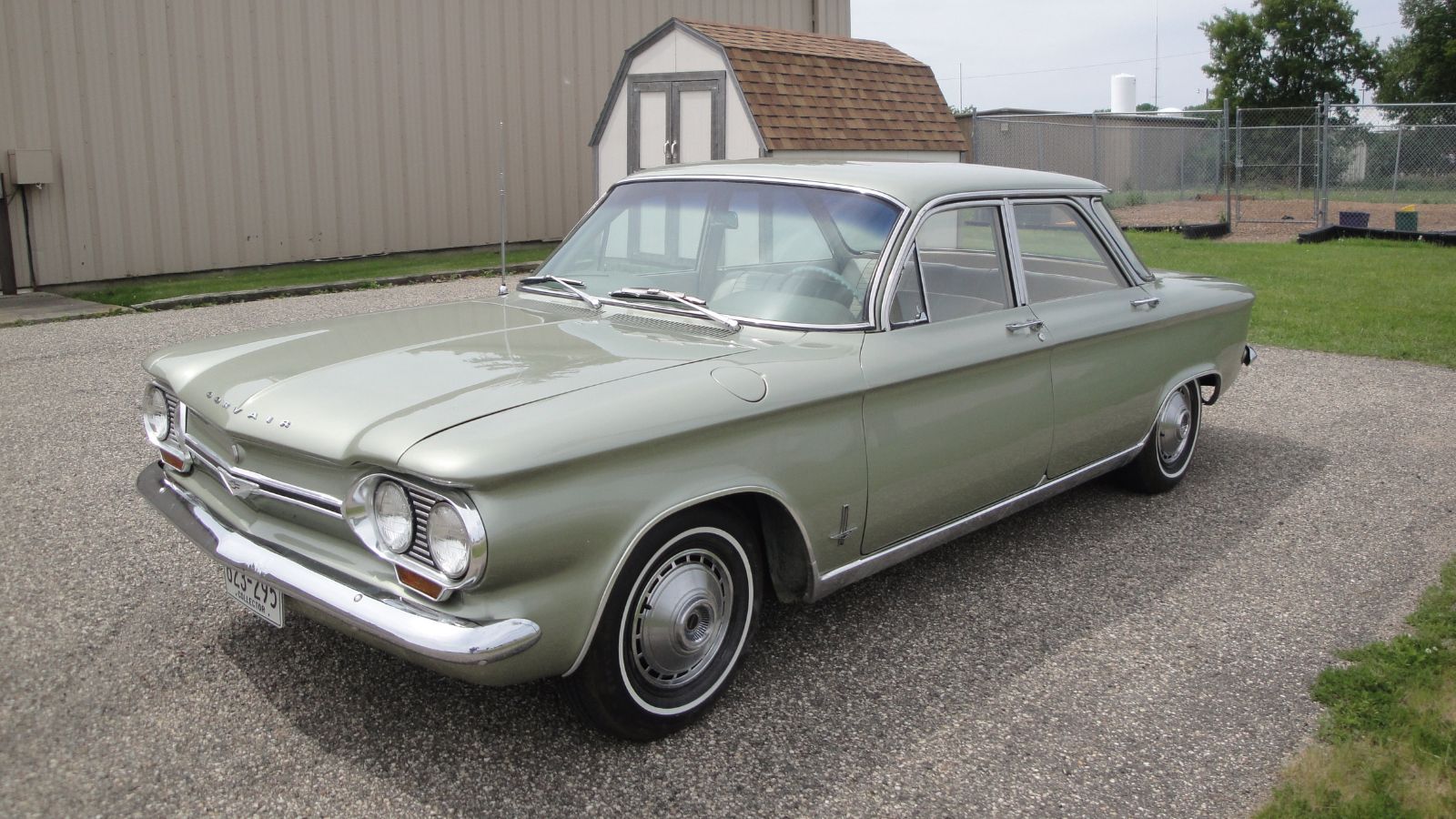
The Corvair was Chevrolet’s experiment with a rear-engine compact, but the early models developed a reputation for instability. The swing-axle rear suspension created quirky handling that could spin drivers out without warning. Ralph Nader’s “Unsafe at Any Speed” may have exaggerated, but enough truth stuck to give the car an infamous reputation. Restoring one is interesting for historians, but for everyday classic ownership it is a headache.
Ferrari Mondial 8

Owning a Ferrari should mean excitement. The Mondial 8 broke that rule. It was one of the slowest Ferraris ever built, weighed too much, and demanded constant attention from pricey specialists. Imagine paying Ferrari money for the performance of a Buick Regal. Collectors avoid it, and mechanics charge you handsomely just for the privilege of telling you what broke this week.
Bricklin SV-1
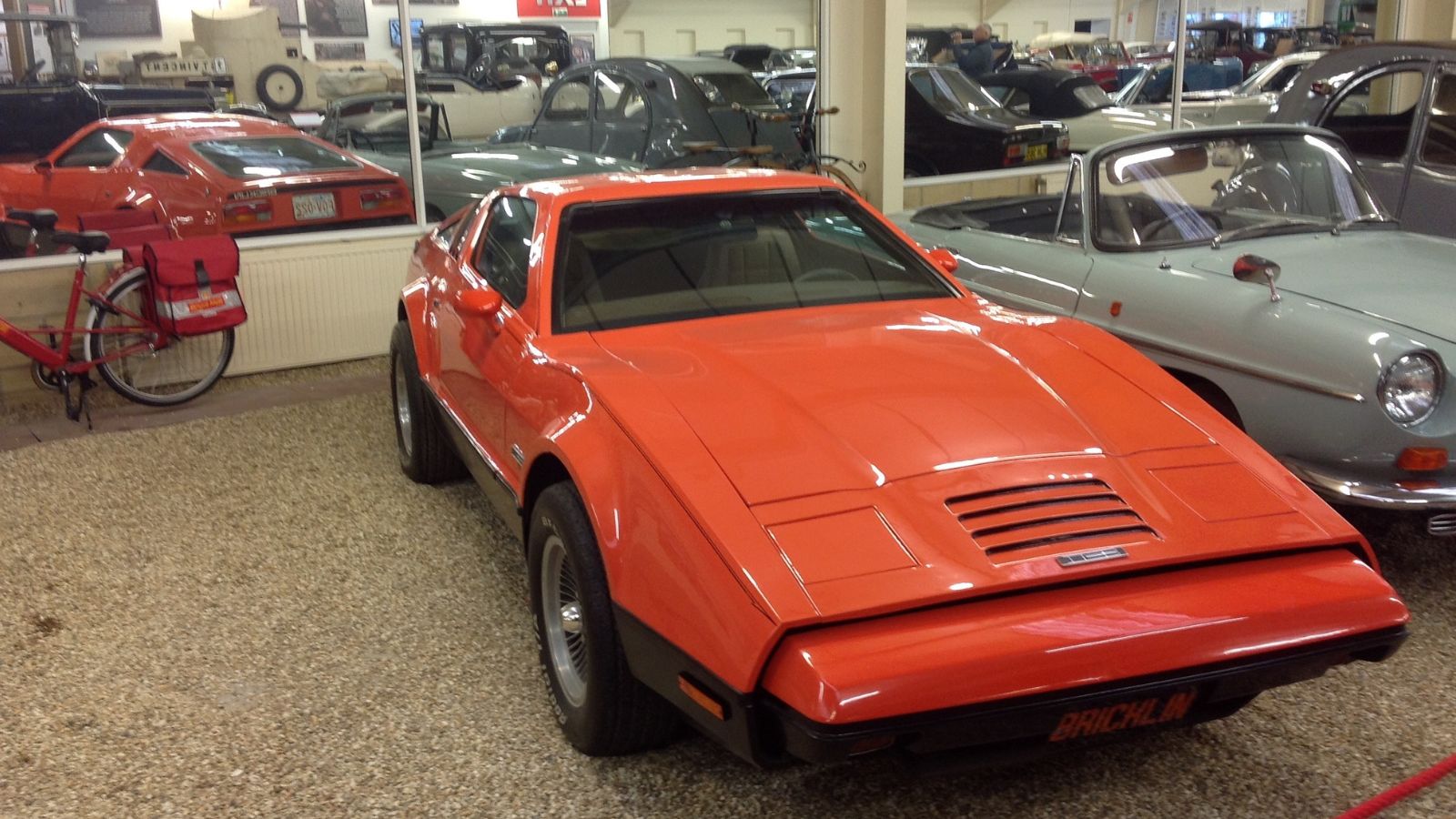
Canada’s answer to the Corvette looked wild, with its safety-first focus and gullwing doors. But the Bricklin SV-1 was heavy, underpowered, and notoriously fragile. Fit and finish were laughable, and production was so bad that some cars left the factory with wet paint still drying. Today, parts are nearly impossible to source, making it more sculpture than sports car.
Cadillac Cimarron
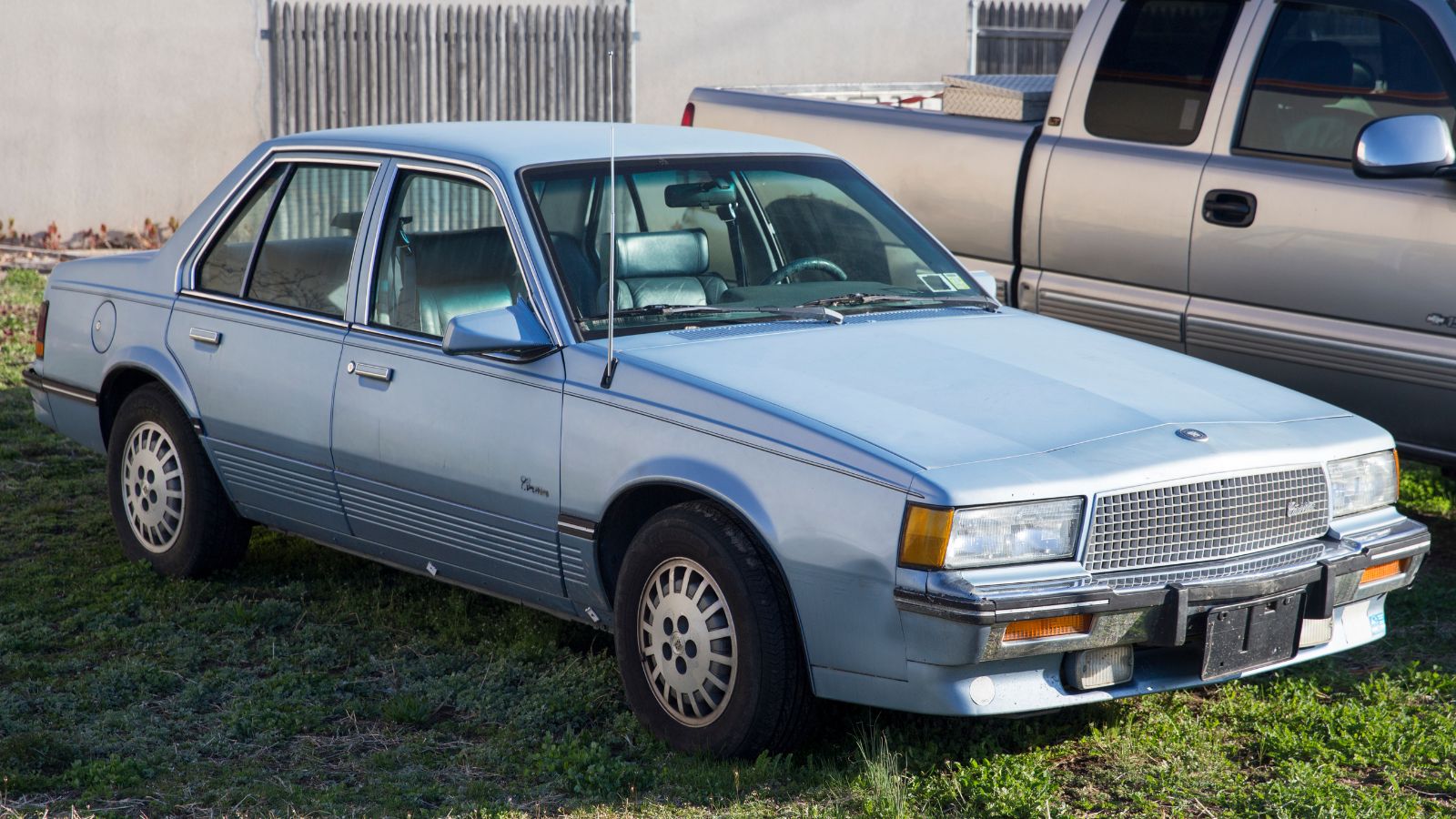
This car is proof that not every compact deserves a Cadillac badge. Essentially a Chevrolet Cavalier in a tuxedo, the Cimarron was slow, cheaply built, and overpriced even when new. Critics destroyed it, buyers ignored it, and Cadillac has spent decades trying to bury the embarrassment. Restoring one today won’t bring value, just pity from fellow enthusiasts.
Ford Pinto

The Pinto’s claim to fame? Exploding fuel tanks in rear-end crashes. Ford knew about it, too, and chose not to fix it cheaply during production. Beyond the fire hazard, the Pinto was underpowered and disposable. You could restore one today, but you’d spend more than it is worth—while constantly explaining to strangers that no, it probably won’t burst into flames.
Yugo GV
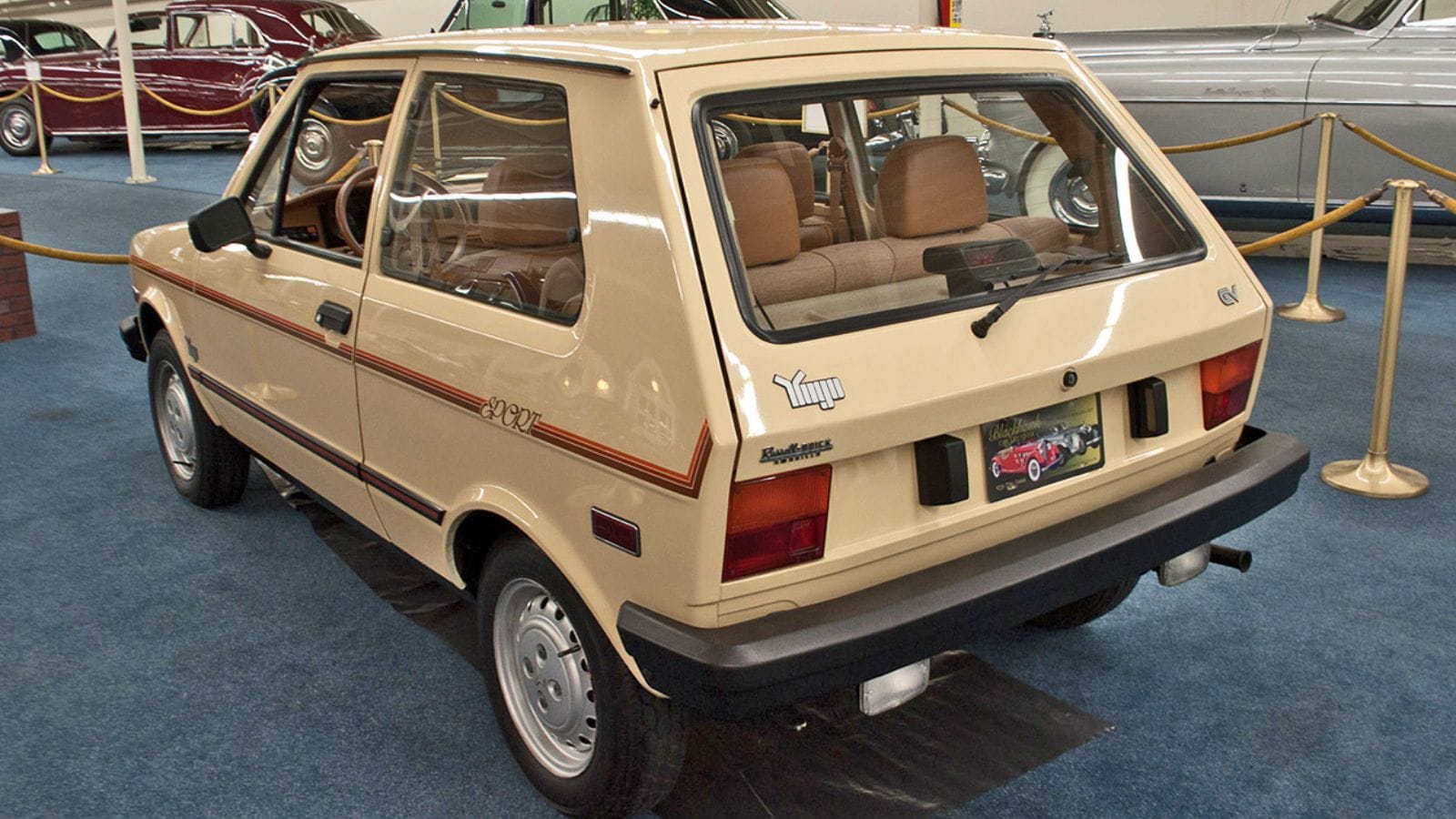
The Yugo was cheap, but it was also cheap in every possible sense. Engines seized, trim fell off, and the body rusted before owners could finish paying for them. It is hard to find a Yugo today not because they’re collectible but because they fell apart faster than they could be saved. Buy one only if you collect bad car jokes.
Pontiac Aztek
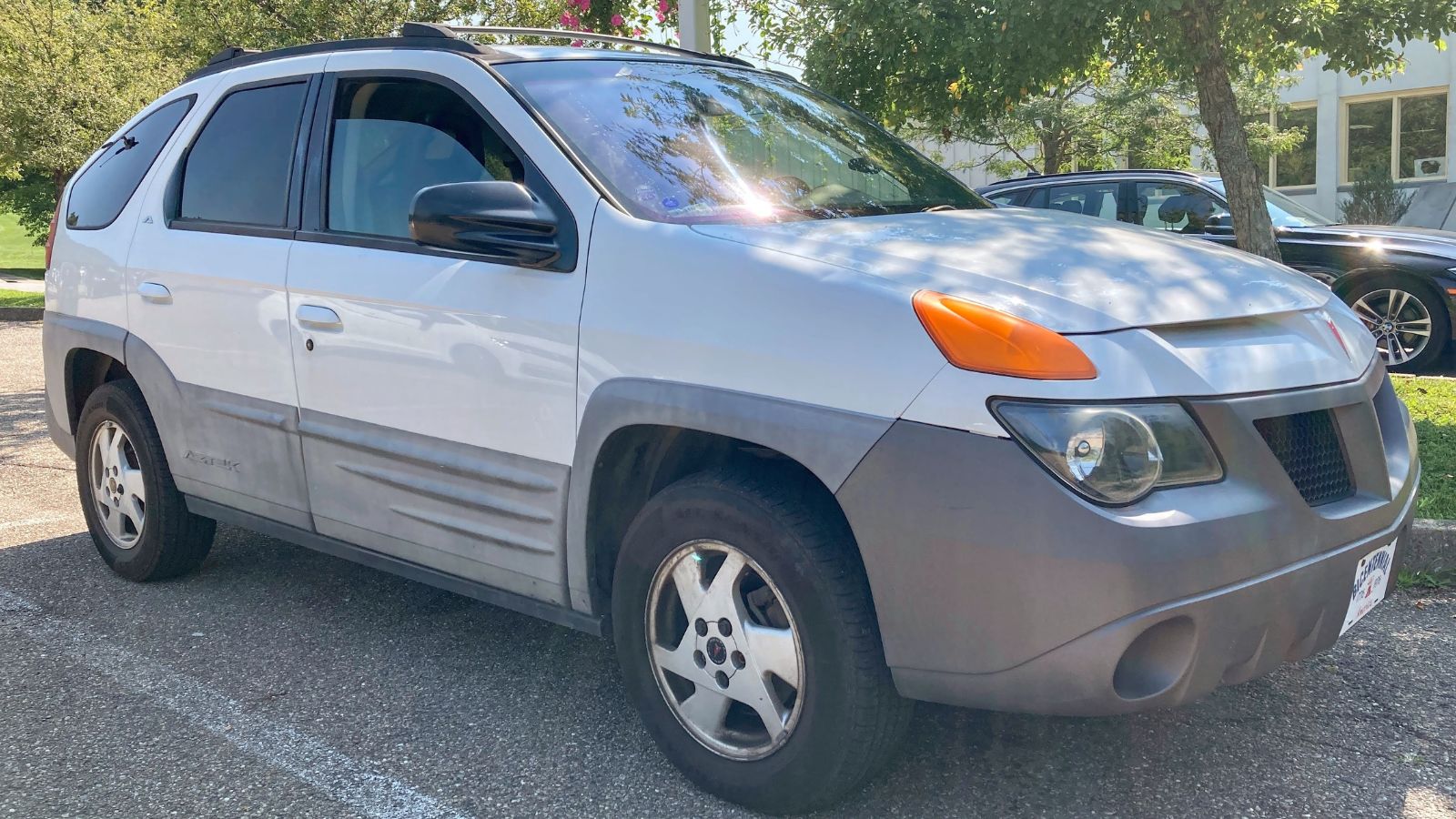
Replacing the Austin Princess with something from closer to home, let’s talk about the Pontiac Aztek. This SUV tried to be futuristic but instead became the punchline of early 2000s design. It had clunky styling, cheap interiors, and unreliable electronics. The Aztek only gained fame years later thanks to “Breaking Bad,” but for owners, the nightmare came long before the show.
Renault Fuego
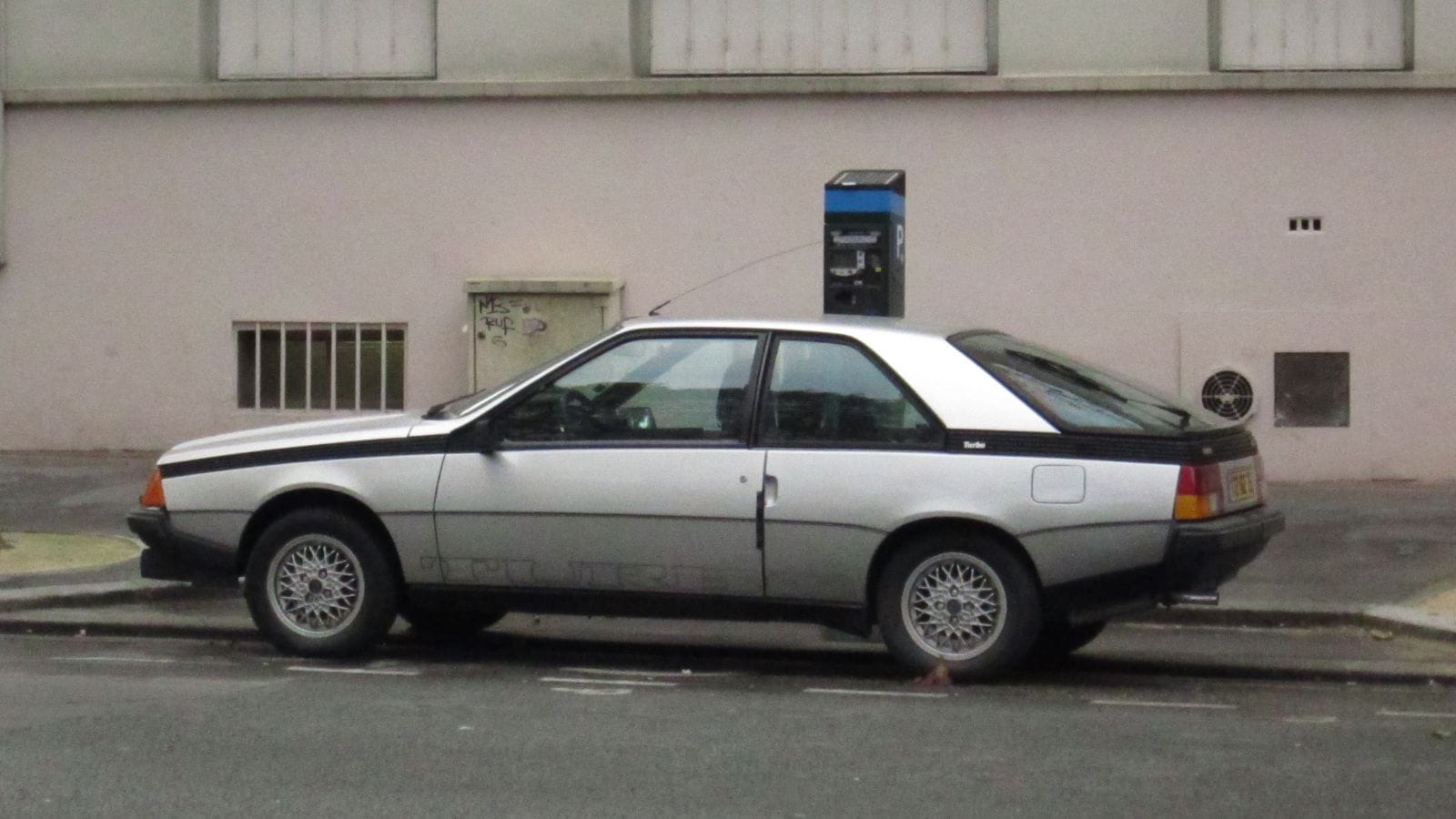
Imported to North America in the early 80s, the Renault Fuego had sleek styling but fragile mechanicals. Electrical systems fried without warning, turbos died prematurely, and sourcing parts became nearly impossible. Owning one today is like running a scavenger hunt where the prize is another repair bill.
Chrysler TC by Maserati
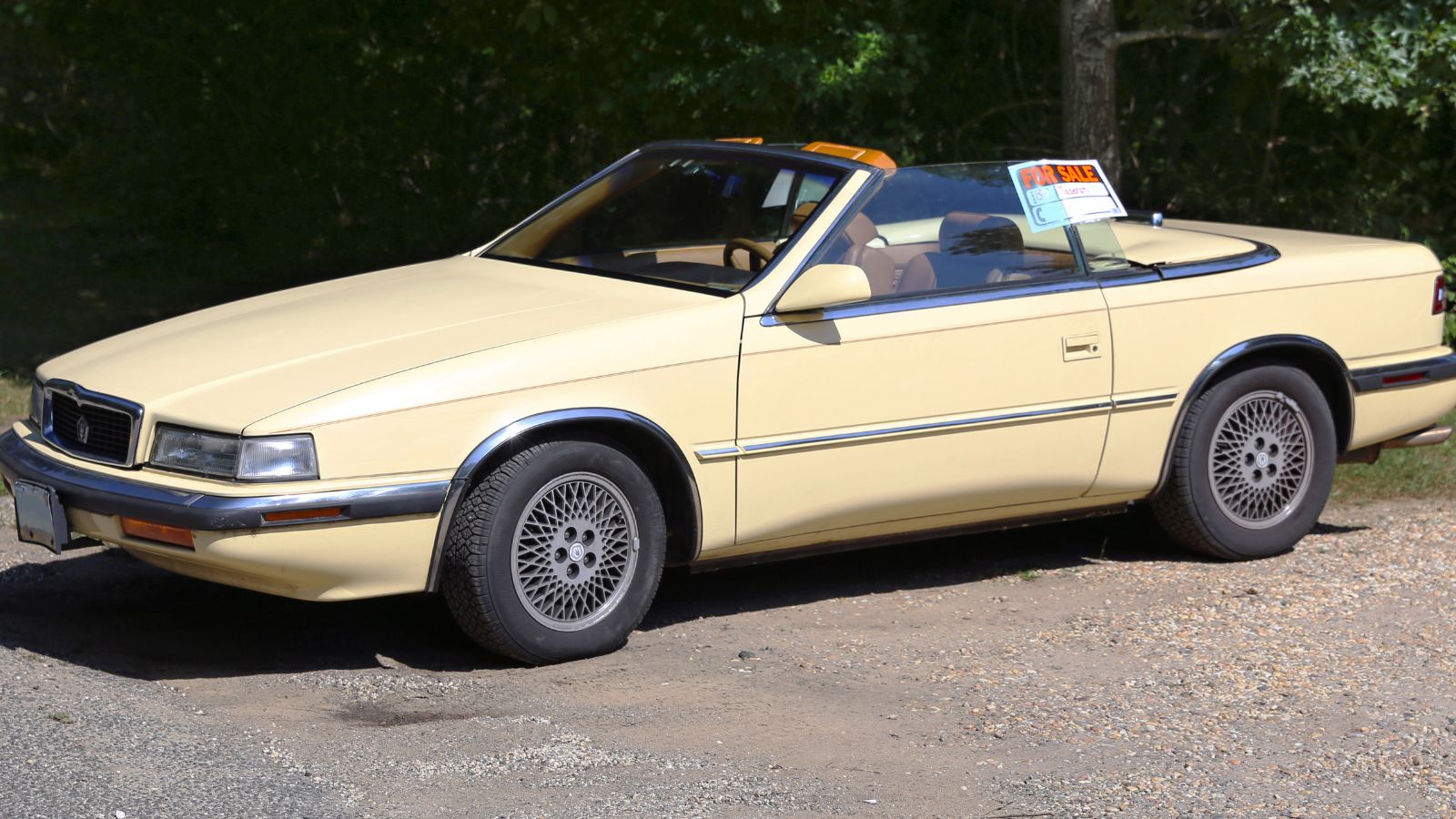
Chrysler hoped Maserati would sprinkle Italian magic on a LeBaron. Instead, the TC was overpriced, underwhelming, and mocked from day one. Its turbocharged four and V6 options offered nothing special, while its styling looked like an awkward mash-up. Collectors steer clear, and restorers get burned by high costs and low returns.
AMC Pacer
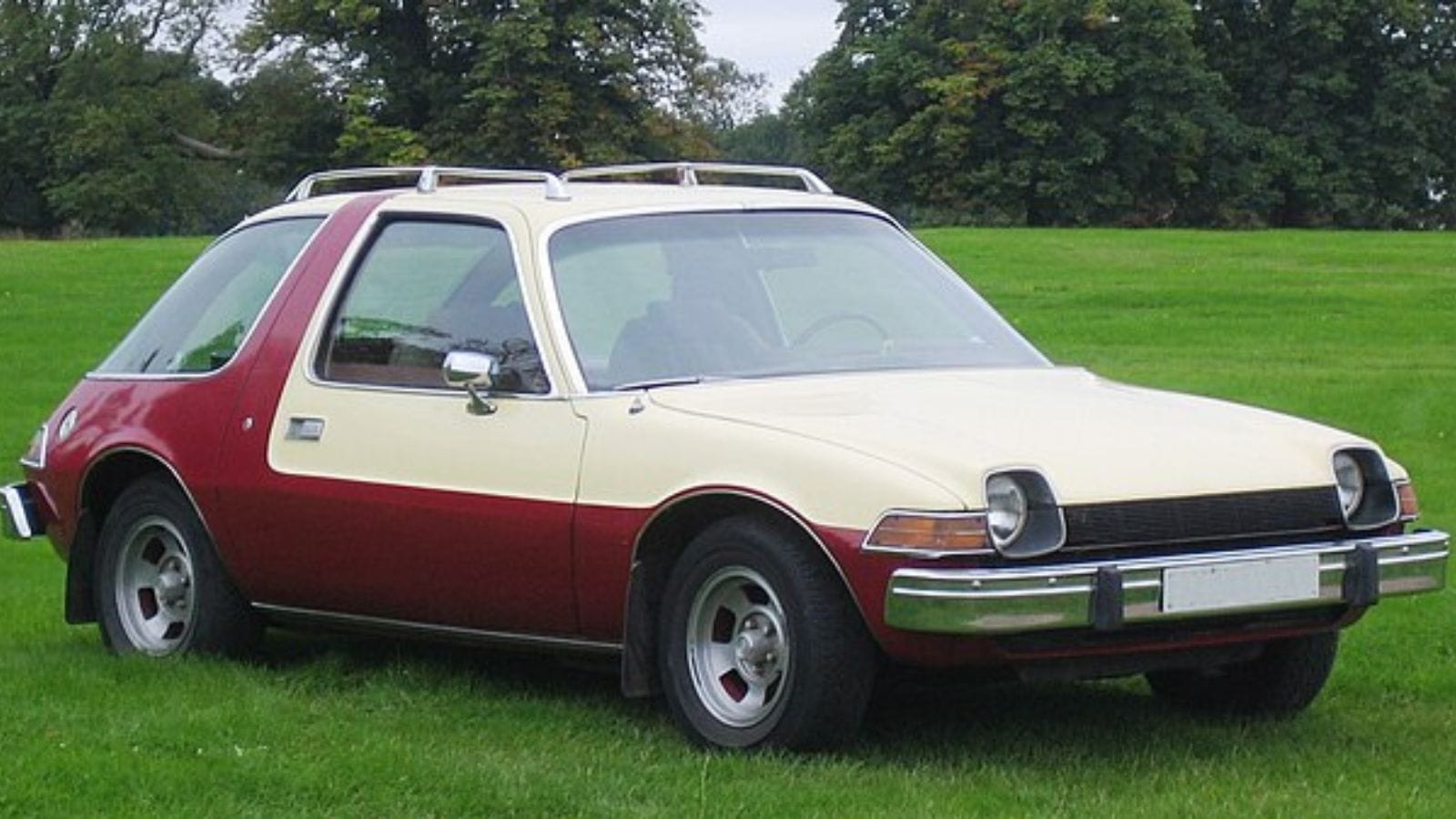
The “flying fishbowl” had personality but little else. With its oversized glass panels, underpowered engines, and laughable aerodynamics, the AMC Pacer is remembered more as a movie prop in “Wayne’s World” than as a respectable classic. Rust kills them quickly, and restoration costs climb fast. Unless you want to own an oddity, it is better left in the past.
Lotus Elite (1974–1982)
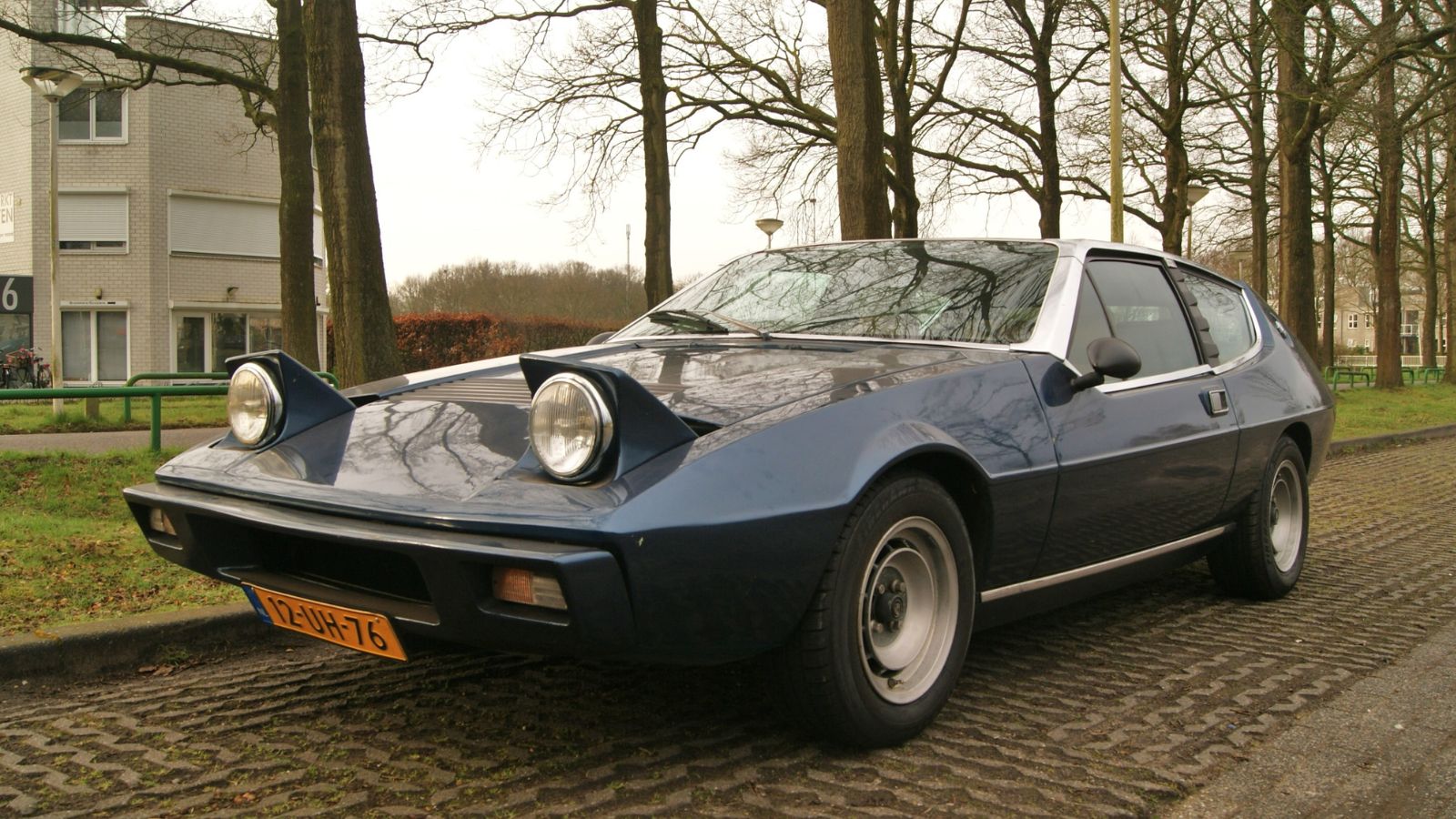
The Elite was supposed to bring Lotus engineering to a practical hatchback design. Instead, it brought endless problems. Fiberglass panels cracked, interiors disintegrated, and the car leaked oil faster than it burned fuel. Even die hard Lotus fans admit it is a money pit best admired from afar.
Lincoln Versailles
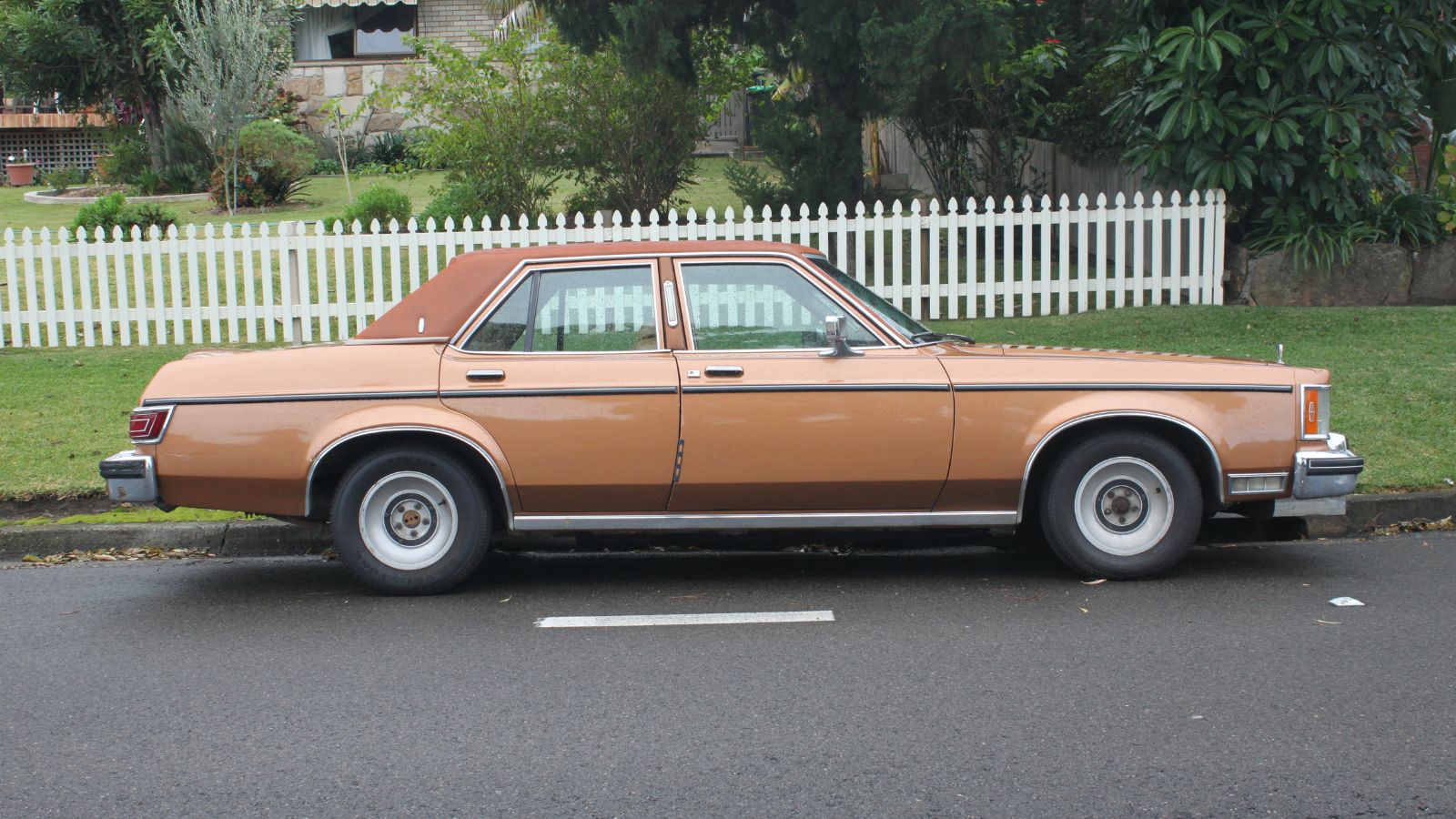
In the late 70s, Lincoln rebadged the Mercury Monarch, added a vinyl roof, and called it the Versailles. It was supposed to fight Cadillac, but it ended up embarrassing Ford. The styling was dated, the luxury touches were halfhearted, and it flopped in sales. Today, collectors avoid it like the plague, making restoration an expensive exercise in futility.
Fiat 124 Spider (Early North American Models)
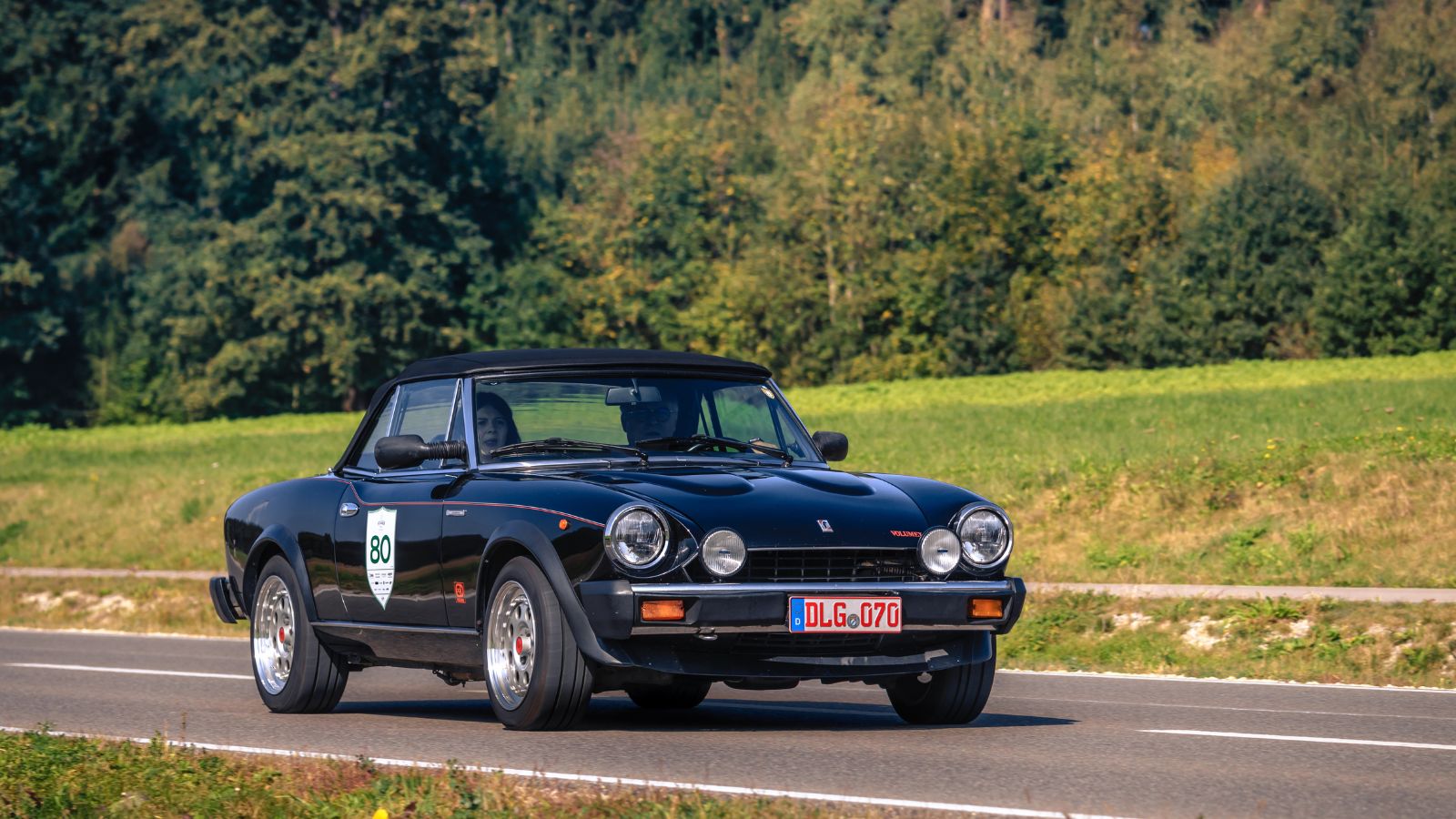
While later versions redeemed themselves, the early Spiders sold in North America had all the classic Italian faults: poor rustproofing, weak electrics, and fragile mechanicals. Owners joke that if you park one overnight, you’ll find a fresh oil spot underneath by morning. Unless you’re ready to fight parts availability and repair bills, skip this once-cheap roadster.
25 Facts About Car Loans That Most Drivers Don’t Realize

Car loans are one of the most common ways people fund car purchases. Like any other kind of loan, car loans can have certain features that can be regarded as an advantage or a disadvantage to the borrower. Understanding all essential facts about car loans and how they work to ensure that you get the best deal for your financial situation is essential. Here are 25 shocking facts about car loans that most drivers don’t realize:
25 Facts About Car Loans That Most Drivers Don’t Realize
